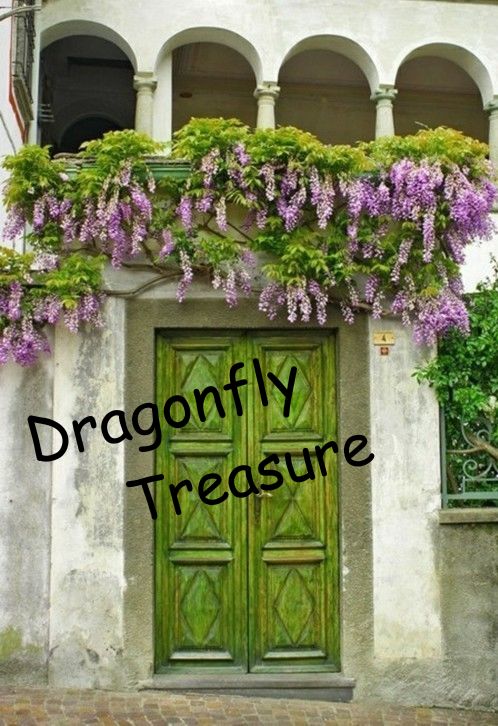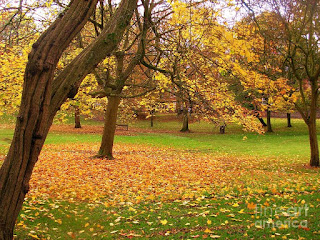I think I touch on this subject every year. I guess because it is so important to me. Yes, I'm a lazy gardener, but the benefits of not raking leaves outweigh the clean looking yard.
Leave them lie
There is no waste in the natural world. Every part of every living and nonliving thing recycles into molecules that serve a purpose in ecosystems. Leaves are no exception. We’ve learned to think of leaf litter as a problem to be hidden in our landscapes. In places where there is a distinctive Fall, with deciduous trees losing their leaves en masse, we scrape them off our lawns and out of our gardens, bag them, and send them to waste management. Leaf litter plays many important ecological roles. Here are some of the ways leaves are secretly at work in your gardens.
Leaf litter can be a critical element of soil. Leaving leaves to decompose replenishes soil by releasing carbon, nitrogen, phosphorus and other inorganic compounds.
Leaf litter also helps to retain moisture and regulate temperature. This is important in cold regions where organisms live under leaf litter during the winter, and where plants can receive some protection from extreme temperatures under a blanket of leaves.
Leaves provide homes to a variety of living things from the smallest bacteria to the largest macro invertebrates. In the image above, a caterpillar has sealed itself inside a leaf. It will remain inside until the spring. Several invertebrates, like butterflies, will lay their eggs in leaf litter, using it as a nursery. Raking up these leaves and sending them away in the Fall has the unintended consequence of removing some of next year’s garden butterflies and moths.
As a home for many different invertebrates, leaf litter is an important foraging space for birds, small mammals and carnivorous insects. Pulling back the leaves on a forest floor will reveal a world of interactions, like image above of a caterpillar overrun with ants. These habitats are so critical some bird species’ declines have been linked with decreased invertebrates on the forest floor as in the case of the Wood Thrush, a migratory song bird that forages for insects and snails on the forest floor in the Northeast.
The removal of leaves from suburban and urban homes and community areas is a common practice. But, it doesn’t have to be. Choosing to leave your leaves where they fall is your right as a property owner. As long as leaves are not posing a threat by creating slippery conditions on sidewalks or roads, they can lie where they fall.
Tips: Some communities have rules regarding raking leaves when they fall. In the situations you can gently rake leaves into larger piles, securing with light fencing and using them as:
2. Layers in your compost pile.
3. Leaf Mold for soil drainage and enrichment.
Rethinking leaves in our yards could mean instead of Fall “maintenance” they can be an investment in the long term vibrancy of a yard ecosystem. You might be rewarded with improved soil composition for healthy plant communities as well as increased biodiversity of butterflies, moths and other beneficial insects.



























































































